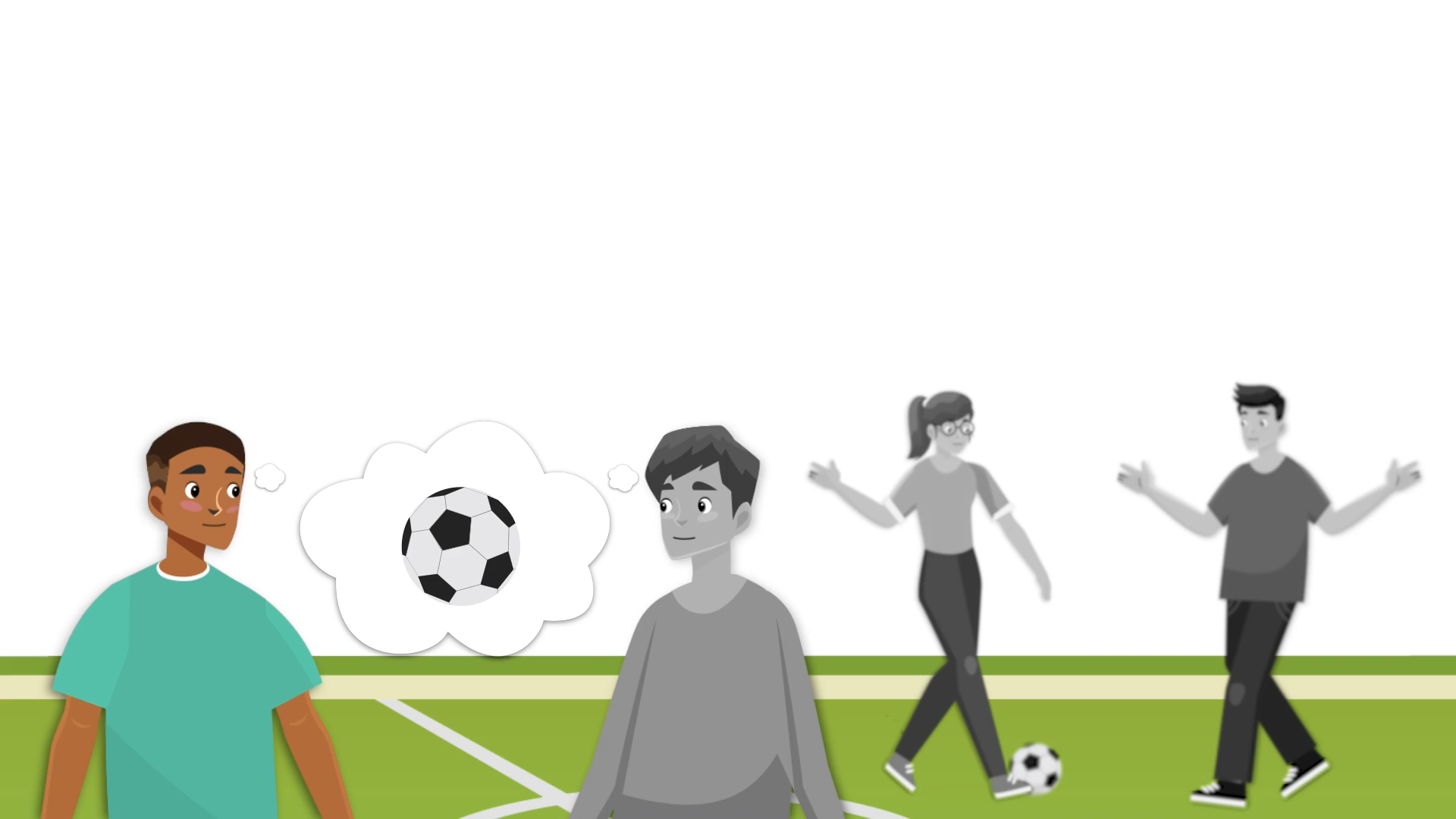
Introduction
Friendship is a vital aspect of a student’s social-emotional growth. As educators, it’s essential to help students understand the qualities of a good friend and learn how to develop meaningful friendships. This blog post will discuss essential friendship skills, offer a no-prep activity, provide discussion questions, and suggest related skills to support students’ social-emotional development. By teaching students about friendship, we can help them build connections, trust, and understanding with their peers.
No-Prep Activity
One effective no-prep activity to teach friendship skills is the “Friendship Circle.” This activity requires no materials and can be done in any setting. Here’s how it works:
- Ask students to form a circle, either sitting or standing.
- Choose one student to start by sharing something they enjoy doing or something about their family.
- The next student in the circle shares something they have in common with the previous student or shares something new about themselves.
- Continue this process around the circle until every student has shared something.
- As a group, discuss the common interests or experiences that emerged during the activity.
This activity encourages students to learn about each other, find commonalities, and practice effective communication skills. It also helps promote a sense of belonging in the classroom.
Discussion Questions
After the Friendship Circle activity, use these discussion questions to stimulate further conversation and reflection:
- What qualities do you think make someone a good friend? Why are these qualities important?
- How can we show our friends that we care about their feelings and value their friendship?
- What are some ways we can make new friends at school or in our community?
- Why is it important to avoid oversharing personal information when making new friends?
- How can we maintain a balance in our friendships to ensure both friends feel valued and supported?
Related Skills
Teaching friendship skills is an essential component of social-emotional learning. Here are some related skills that can further support students’ development:
- Active Listening: Encourage students to practice attentive listening and show empathy when engaging with peers.
- Conflict Resolution: Help students learn how to resolve disagreements or misunderstandings in a healthy and respectful manner.
- Collaboration: Teach students how to work effectively in groups, fostering communication, and cooperation.
- Empathy: Encourage students to understand and share the feelings of others, strengthening their ability to connect with peers.
- Self-Awareness: Promote self-reflection and understanding of one’s emotions, strengths, and weaknesses.
Next Steps
Now that you have some ideas for teaching friendship skills and incorporating social-emotional learning into your classroom, take the next step by exploring more resources. Sign up for free samples of skill-building materials at Everyday Speech. These materials can help you create a supportive and inclusive environment, fostering positive relationships among students and promoting their social-emotional growth.

